After how many days do beets sprout and why are there no shoots?
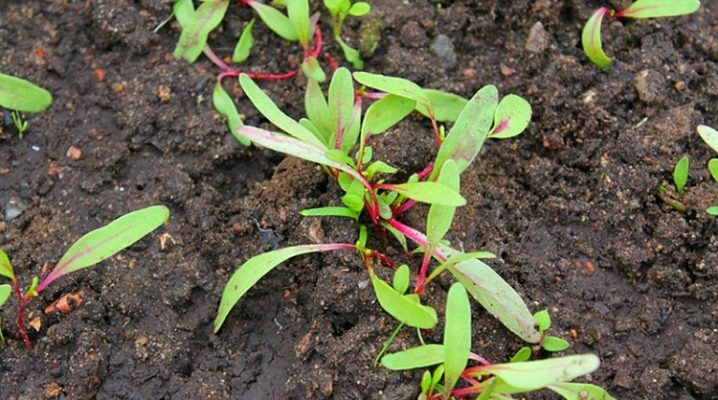
Red beets can be seen in almost all summer cottages, but novice gardeners often wonder why this crop does not germinate the first time. In the article, we will talk about the factors that affect the growth of beetroot, the timing of planting and measures to improve the similarity.
Timing
After planting in the spring, beetroot grows in open field beds from 3 to 10 days. The first shoots will appear depending on the form in which the seeds are thrown into the ground. If they were germinated, then the seedlings appear quite quickly - for 3 days. If dry seed was used for sowing, then red beets grow longer: the first leaves will appear after a week, or even 9-10 days... The germination time of a culture also depends on soil moisture and temperature.
To obtain faster sprouts, moderate watering is needed: insufficient moisture and not so warm weather make it impossible to determine the exact germination time of this plant after sowing the seeds. Yes, and seedlings do not look so vigorous with insufficient care.

Influencing factors
Various factors affect the germination of beet seeds: the location in the garden of the plot allocated for beets, then which seeds are buried in the ground. Beets planted with dry seeds will take longer to germinate. When sowing, the distance between the seeds matters, as well as the distance between the beds themselves. Let us consider other factors affecting the germination of beets in more detail.
Air temperature
Beets are sown when stable warm days are established and when the ground warms up well. As a rule, this is the end of May or the beginning of June: during this period, the seeds adapt faster in the soil. You can start planting a canteen culture earlier, when the soil warms up to at least +10 degrees, and on the street the temperature will constantly be within +17 degrees and above.
In this case, the first shoots can be seen in 5-7 days. If you sow seeds for seedlings, then this is done at a room temperature of at least 15 degrees Celsius. Containers with seeds are not placed on the sunny side so as not to dry out the soil. This can slow down the germination of the seed and the emergence of the seedling.
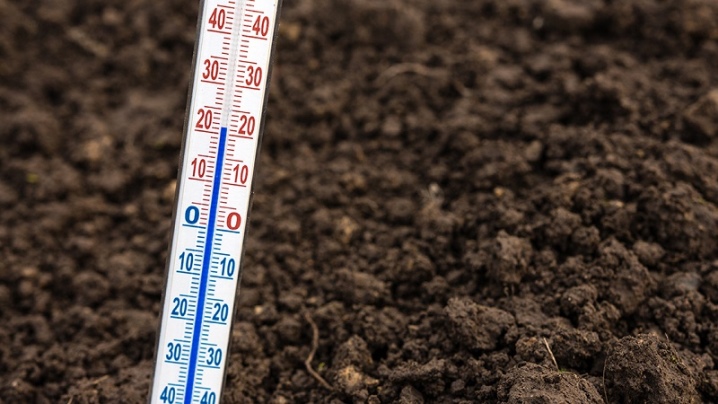
The soil
Beets love a loose environment. In order not to engage in endless loosening, it is better to immediately sow the crop in a lighter soil, and not with a clay structure. In a porous medium, gas exchange is better, and moisture is easily passed through, and the heat exchange process is normal.
The soil can be artificially made looser, but this will take time. So, you can add peat to future beet plantations, enrich them with humus and compost. Even the ash left over from burning wood is also good for creating a looser soil. Sawdust is also a good component for these purposes. But before putting them into the soil, you need to treat the chips with a nitrogen-containing agent (ordinary urea is suitable), since sawdust impoverishes the earth, taking up nitrogen.
Red beets are best planted in fertile soils. During the spring or autumn digging of the garden, add humus and mineral components to future beet beds to enrich the land and create better conditions for seed germination.
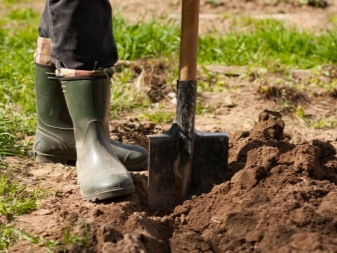

Humidity
This dining culture, which is needed for borscht and salads, loves moisture very much. Moreover, beets need it at every stage of the growing season: when sprouts appear, in the middle of the season when the root crop is forming, and also at the end of the season before harvesting.
For 1 square meter of soil where an adult plant grows, at least 10 liters of water is required. When moistening, make sure that the earth is saturated with water by 3-4 centimeters... And to retain moisture longer, mulch the beet bushes: for this, use cut dry grass, straw, peat or humus shelter. This will keep moisture in the ground and water less often.
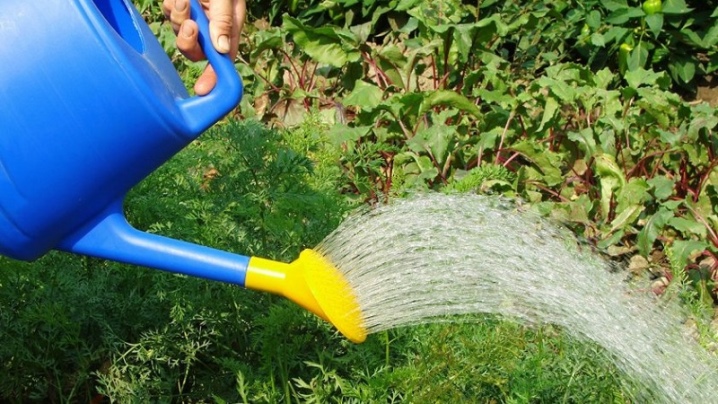
Seed quality
Naturally, germination depends on the quality of the seeds, therefore, when purchasing seed, make sure that you are selling a quality product. If the bag is not tightly closed, this should already be in doubt. The packaging must be intact. If you want to prepare seeds in advance, ask the dealer (if this information is not on the package) in what conditions they should be stored. Do not freeze or moisturize. At best, this will lead to a decrease in their qualities, at worst - to decay.
It is better to buy seed material that is already prepared for sowing: it is treated with protective agents and a growth stimulant, and it is disinfected. Such seeds do not need to be soaked or germinated before planting. And in order to improve the quality of seeds collected on your own, you will have to carry out a number of procedures:
- dip the seeds in salt water to separate the empty specimens;
- soak them for 24 hours in warm water with a growth promoter, manganese and wood ash;
- Before planting, dry the beet seeds so that they do not stick together and so that each seed separates well from the other: this will distribute them evenly over the garden bed.
High-quality seed, correct preparation and adherence to sowing dates are the key to an excellent beet harvest. If everything is done correctly, after a few days the first shoots will appear in the beds.
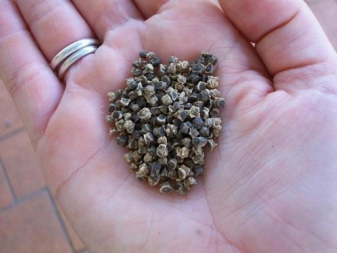
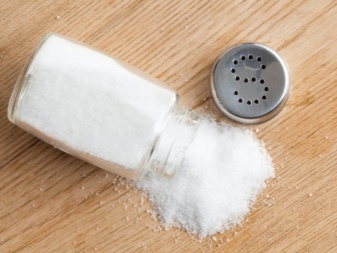
What if there are no shoots?
Red beets are not so capricious, but it happens that after sowing, the seedlings did not germinate well, appear for a long time, or this indicator is completely at zero. Consider the main reasons for the poor germination of beet seeds.
- Frozen seeds or improper storage of seed material - this is one of the most common reasons for the lack of seedlings.
- Lack of a drainage layer in the beds, which prevents seeds from rotting during intensive watering. Drainage allows for a good harvest of this table crop.
- Failure to comply with the rules of crop rotation: it is impossible to grow beets in the same place for several years. We need a break with an interval of at least a year or two.
- Insufficient nourishment in the ground for seeds: during the autumn digging of the garden, it is recommended to bring organic matter to the place of future beet plantings. It is very beneficial for this plant.
- Boron shortage... This is the element that also needs to be added to the soil before planting beetroot.
To speed up seed growth, follow these guidelines.
- Use only quality seed material... Check it first for germination to separate empty specimens.
- Buy seeds only from trusted suppliers. It is desirable that the bags contain all the necessary information about the seed product: the variety, how old the seeds are, the percentage of germination from the manufacturer and recommendations for growing this variety.
- Follow all recommendations for sowing dates, crop care and harvest time.
It is quite possible to reseed the culture if you see that the first time the beets simply did not sprout. Just before that, analyze your actions in order to understand what you did wrong. It is possible that you will have to take other seeds. Overseeding will only affect the timing of the harvest (they will move a little), but this will not affect the quality of root crops. In southern areas with long summers and warm autumn, later planting will even be beneficial: such root crops will be stored longer and better.
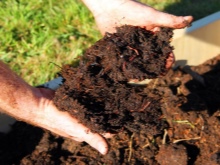

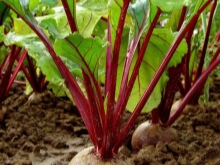












The comment was sent successfully.